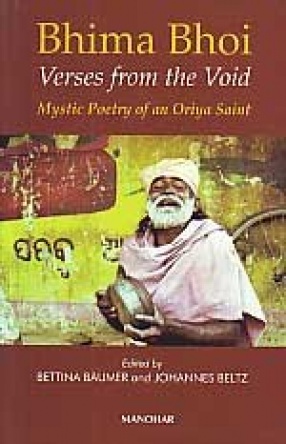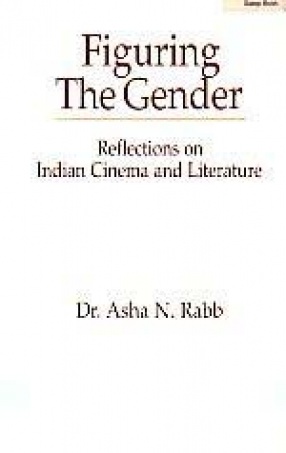Level Crossing: Railway Journeys in Hindi Cinema is a study of the representation of the railways as a cultural, perceptual, temporal and metaphoric paradigm of modern life in Hindi cinema. It examines the relationship of movement and stasis in late nineteenth century literary accounts and in Hindi cinema from 1935 to 1974 and asks how the three most important coordinates of the modern: machine, speed and vision shaped literary and film discourses.
As railways became a part of the social fabric of the subcontinent in the late nineteenth century, railway compartments, rail tracks, and railway stations became new sites for staging action and articulating aspirations, disappointments and struggles of a generation coming to terms with a rapidly modernising world. Mobility, speed, displacement, encounters with technology, urbanisation, new people, new worlds, new ways of being and perceptions became the subject matter of stories, novels and films.
This volume through an analysis of texts as diverse as wall murals in the Shekhawati region of Rajasthan, Bhartendu Harishchandra’s travel accounts, Rudyard Kipling’s Kim, O. Chandu Menon’s Indulekha, films as Jawani ki Hawa, Achhut Kanya, Miss Frontier Mail, Station Master, Railway Platform, Bhuvan Shome, 27 Down and others examines railways as the technologic force that had a deep impact on our cultural life and imagination. It also shows how the railways functioned as a force of integration of physical and social spaces mediating the experience of modernity and how cinema itself worked to integrate railways into the consciousness of the subcontinent by circulating images of the ‘new’ twentieth-century world.
The volume is addressed to students and scholars in the fields of cinema, culture and media studies, film history. Any reader interested in Hindi cinema would also find it engaging and insightful.




There are no reviews yet.